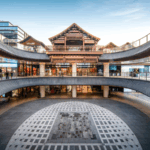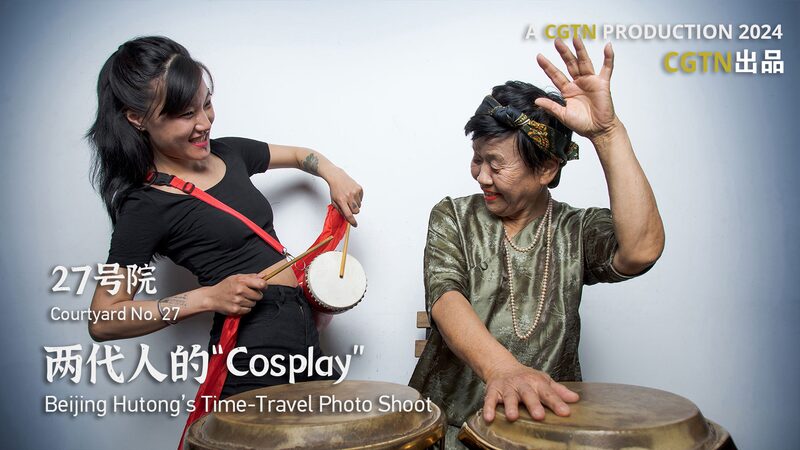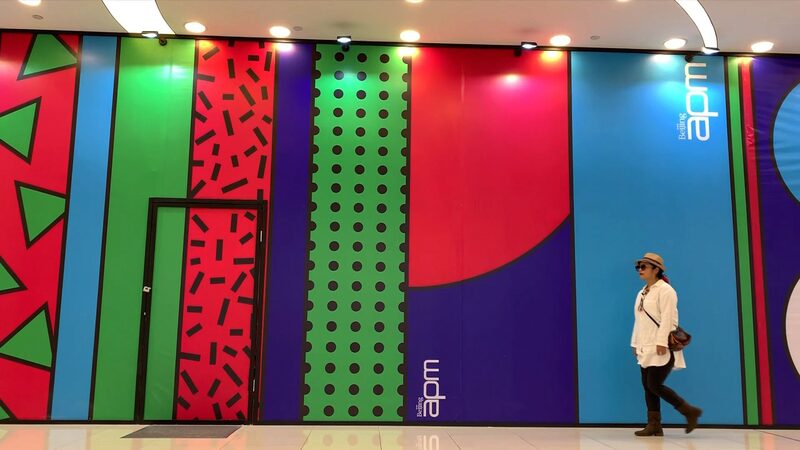In the heart of Beijing, ancient alleyways called hutongs are rewriting the rules of urban living. These centuries-old neighborhoods, once symbols of tradition, now hum with modern energy—think cozy cafes nestled beside red-lanterned courtyards 🎐 and solar panels topping gray-tiled roofs. But how does a city honor its history while sprinting toward tomorrow?
🏙️ The Tightrope Walk of Progress
Meet 72-year-old Grandma Wang, who’s seen her beloved Xicheng District hutong transform. ‘Young folks want faster Wi-Fi,’ she laughs, ‘but we old-timers still gossip at the same teahouse!’ Her neighborhood now boasts bike-sharing stations and digital community boards—all designed to keep the soul intact.
💡 Innovation with a Human Touch
City planners are getting creative: ‘We’re using 3D mapping to preserve original architecture while upgrading plumbing,’ says architect Li Wei. Pop-up art installations and micro-offices for startups now share walls with Qing-dynasty carvings. It’s like a historical Spotify playlist—old classics remixed for today’s vibe 🎧.
🌱 The ‘Slow Living’ Revolution
Millennials are moving in, drawn by the hutong’s ‘analog charm in a 5G world.’ Yoga studios host moonlit calligraphy classes, while delivery apps partner with century-old noodle shops. As student Zhang Yun puts it: ‘Here, my TikTok dances happen where emperors once walked!’
Could this be the blueprint for cities worldwide? Beijing’s hutongs prove that progress doesn’t have to erase history—it can be the ink that writes new stories. 📖
Reference(s):
Finding Harmony: When tradition meets modernity in Beijing's hutongs
cgtn.com






